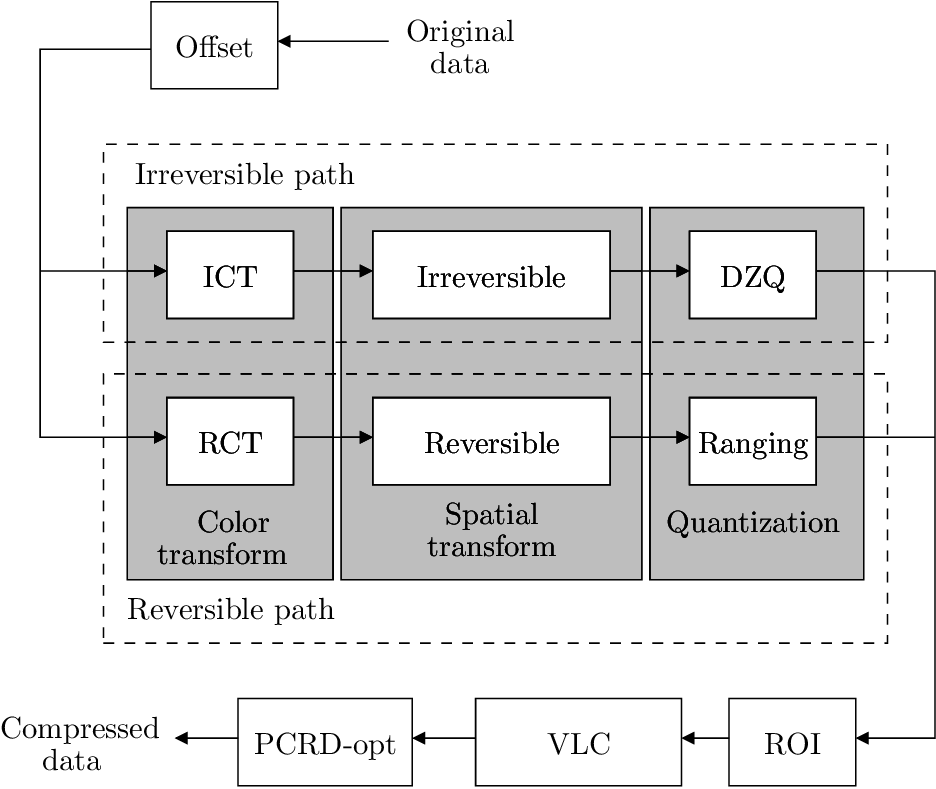

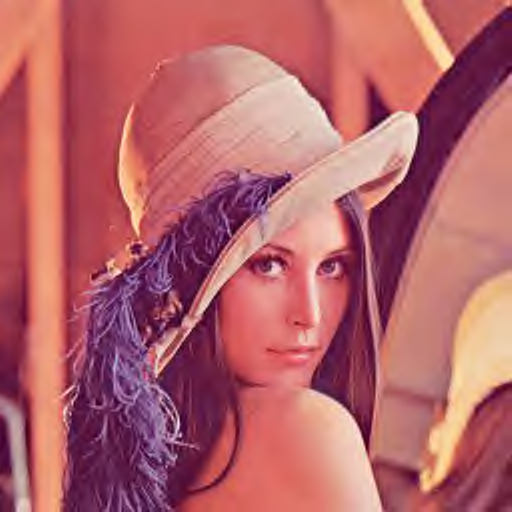
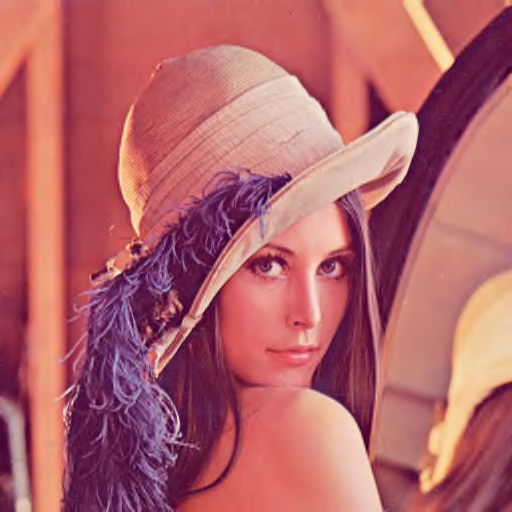
 | 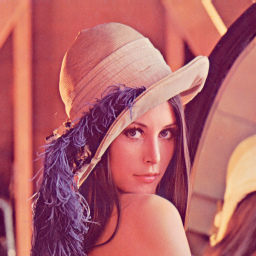 | 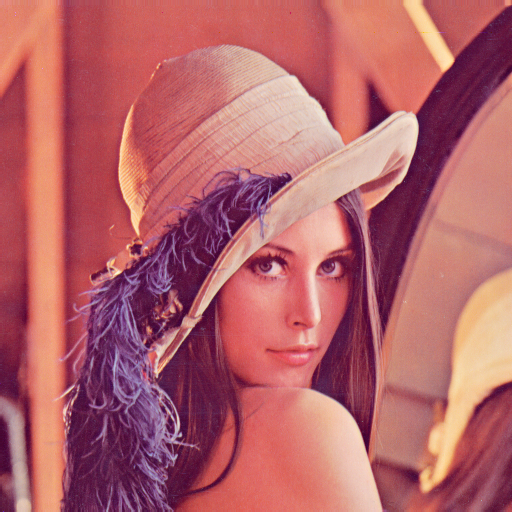 |
- - - 




 |  |  |
- - - 

 | (J2KQuant) |
where qb is the quantized coefficient, yb ∈ [−0.5,0.5] is a wavelet coefficient in the subband b and Δb is the quantizer step size for the subband b, whose value depends on yb as it is shown in the next figure (deathzone scalar quantizer):

There is no quantization:
 | (J2KRanging) |
- - - 
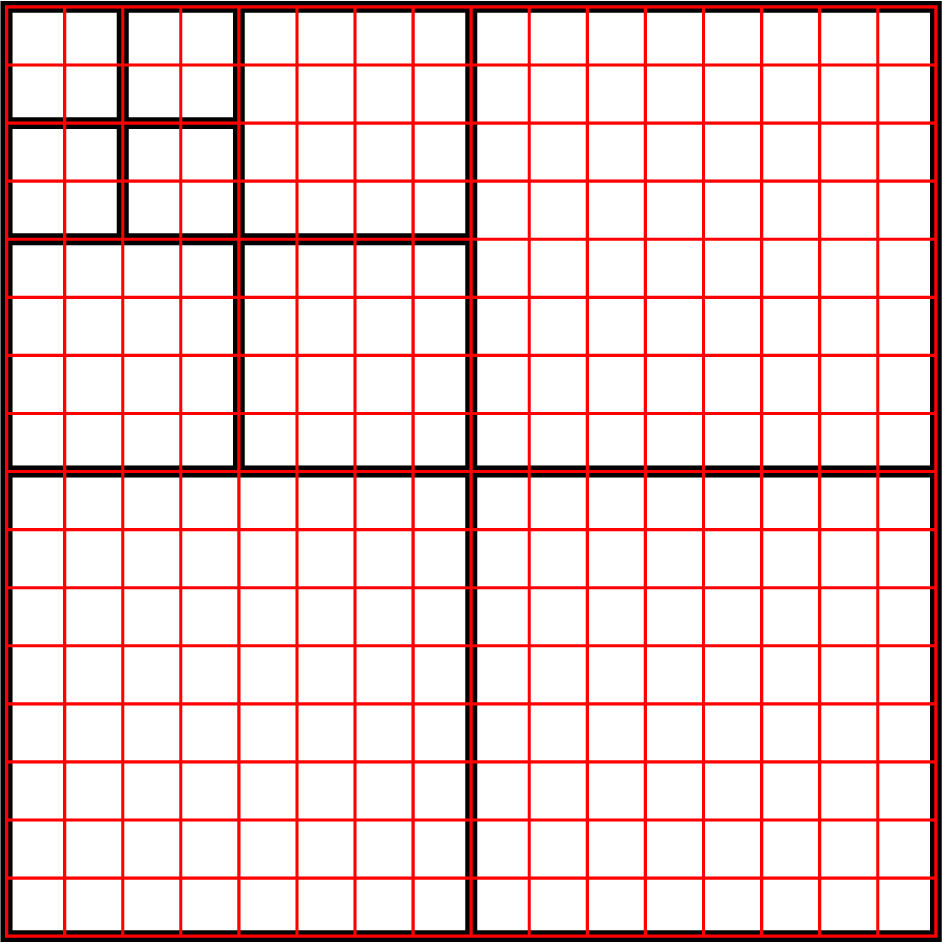
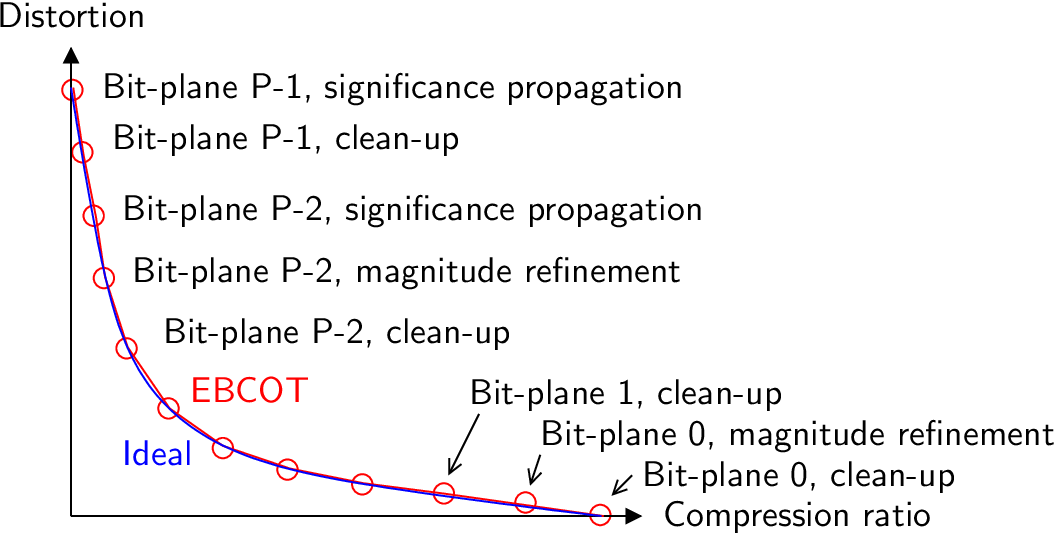
 | (5) |
optimal truncation points in the code-stream of a code-block, where P is the number of bit-planes in the DWT domain.
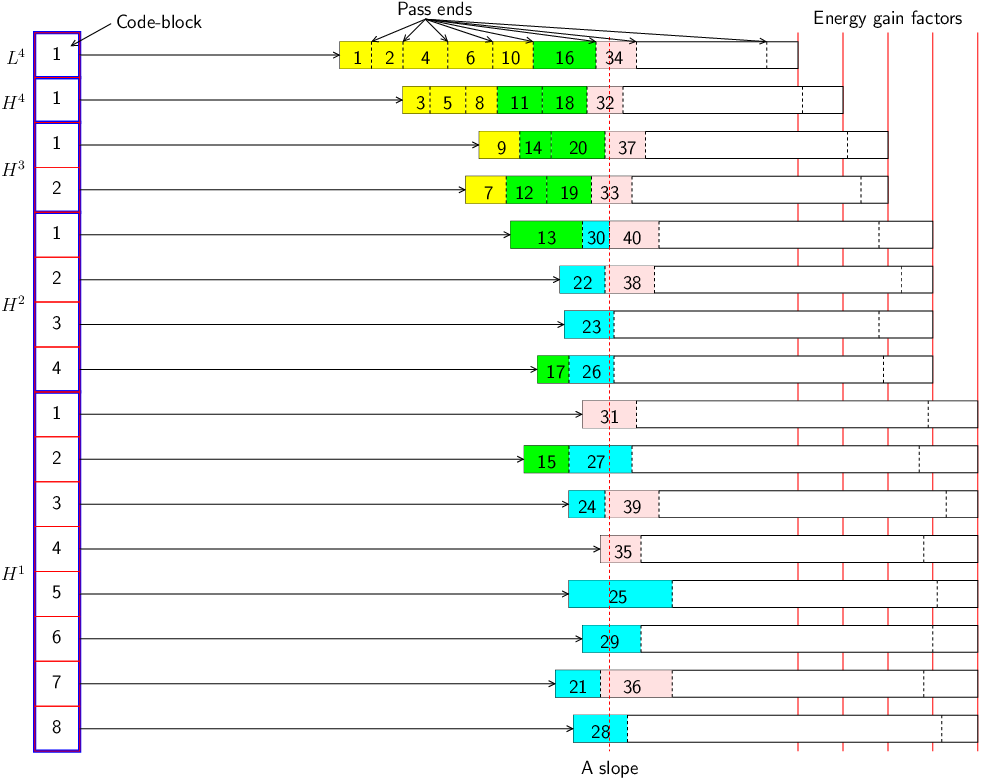
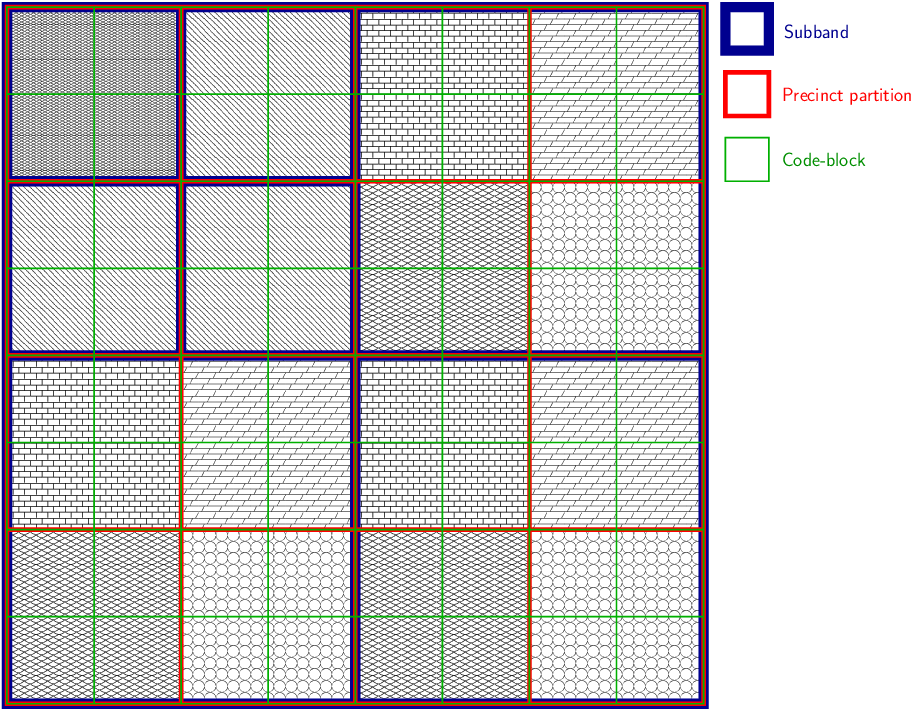
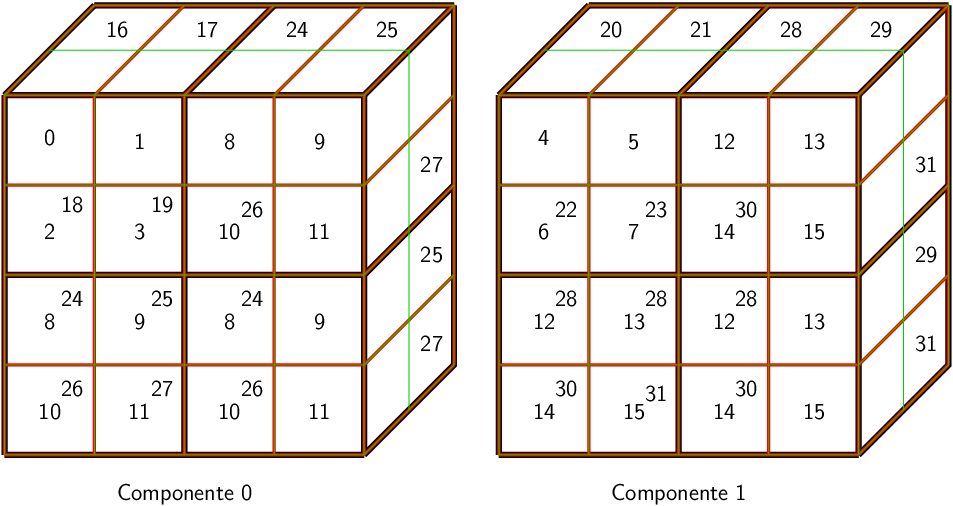
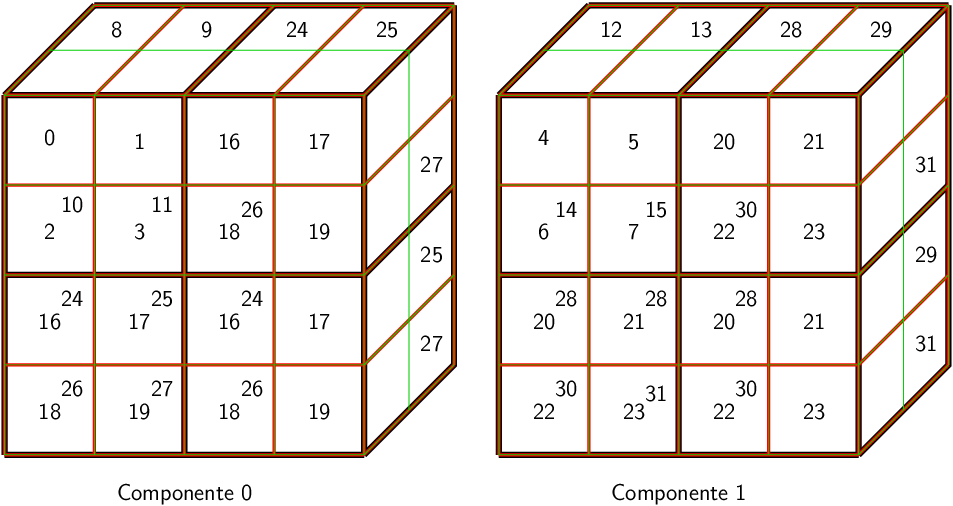
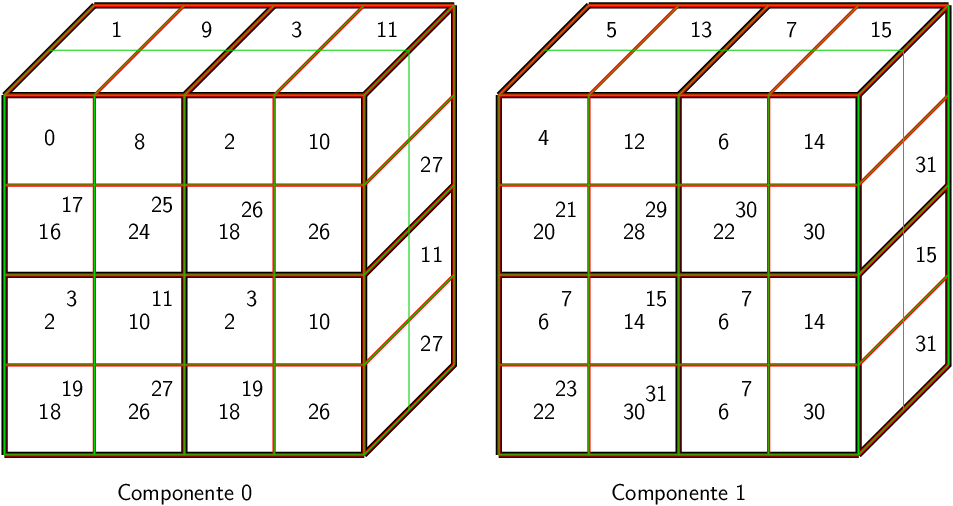
| JPEG (21.29 dB) | JPEG2000 (27.03 dB) |
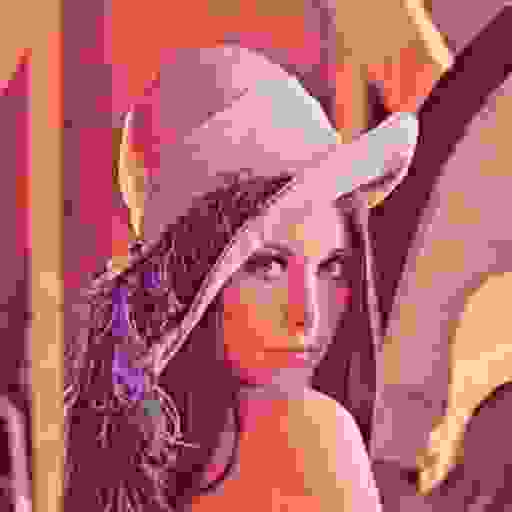 |  |
| JPEG (26.64 dB) | JPEG2000 (29.22 dB) |
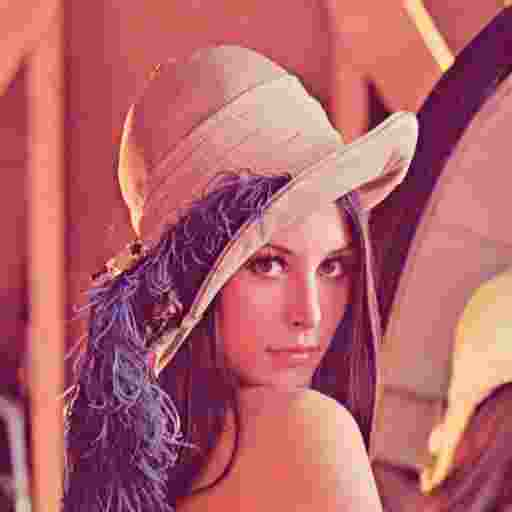 |  |
| JPEG (28.97 dB) | JPEG2000 (30.71 dB) |
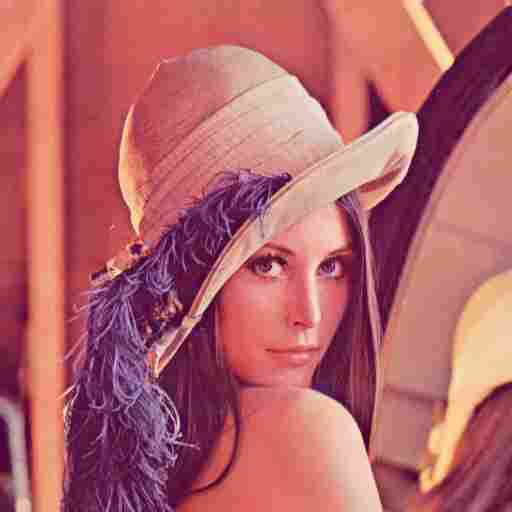 | 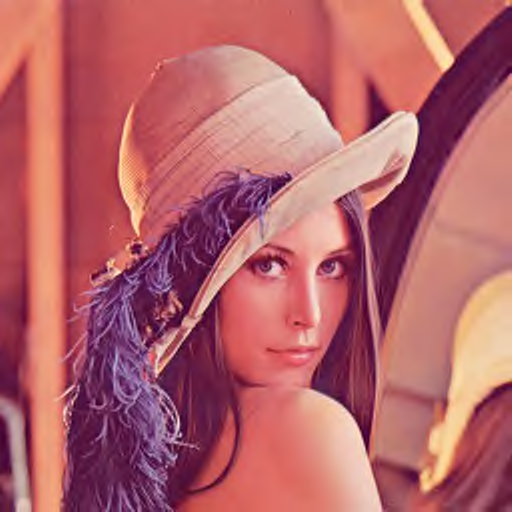 |
| JPEG (30.09 dB) | JPEG2000 (31.58 dB) |
 | 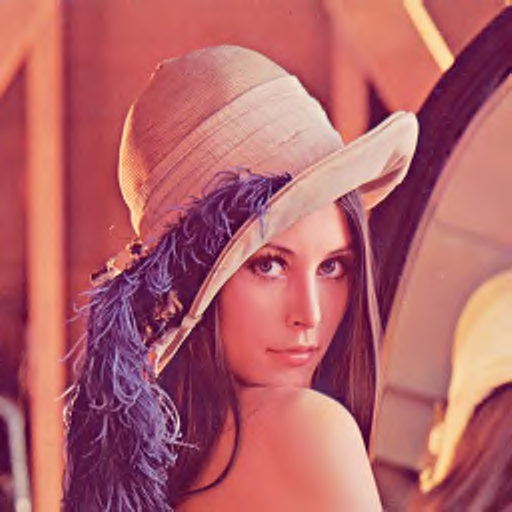 |
| JPEG (30.91 dB) | JPEG2000 (32.24 dB) |
 |  |
| JPEG (17.79 dB) | JPEG2000 (23.33 dB) |
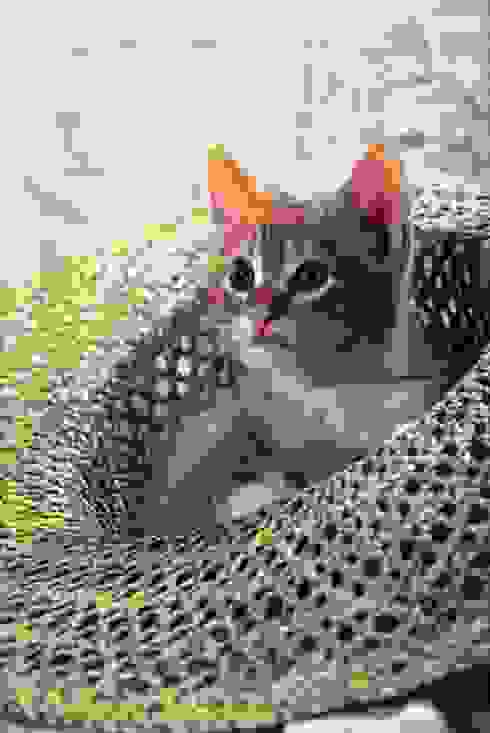 | 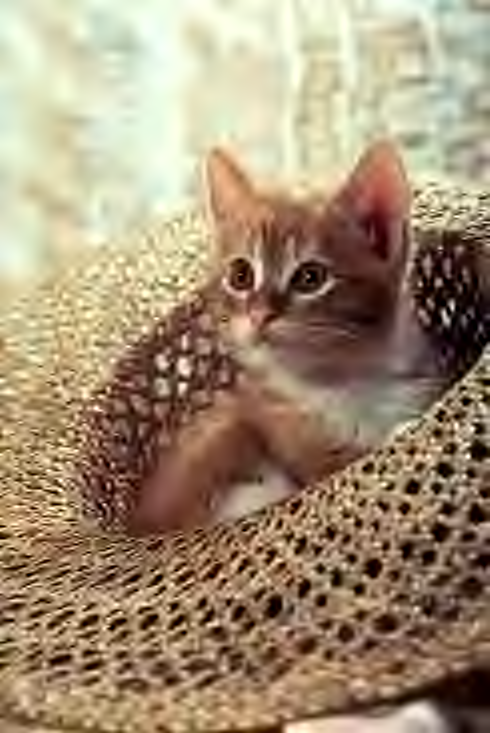 |
| JPEG (23.59 dB) | JPEG2000 (25.97 dB) |
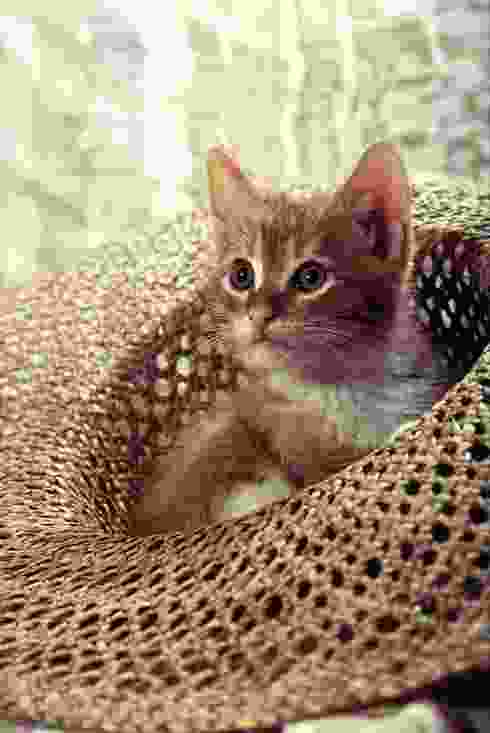 |  |
| JPEG (25.63 dB) | JPEG2000 (27.60 dB) |
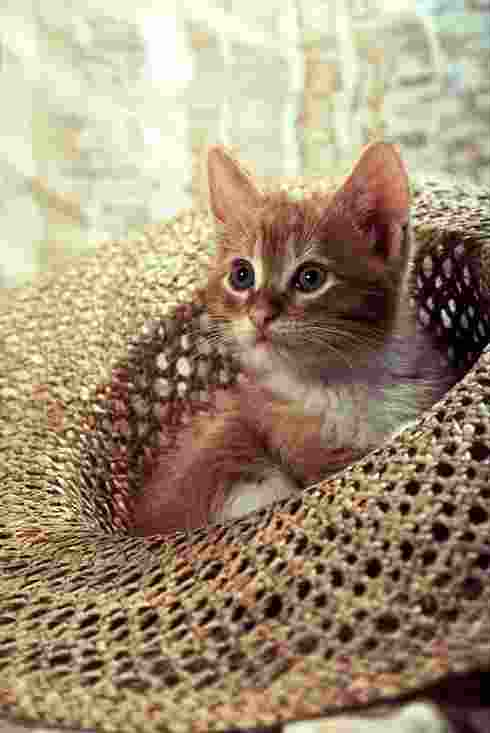 | 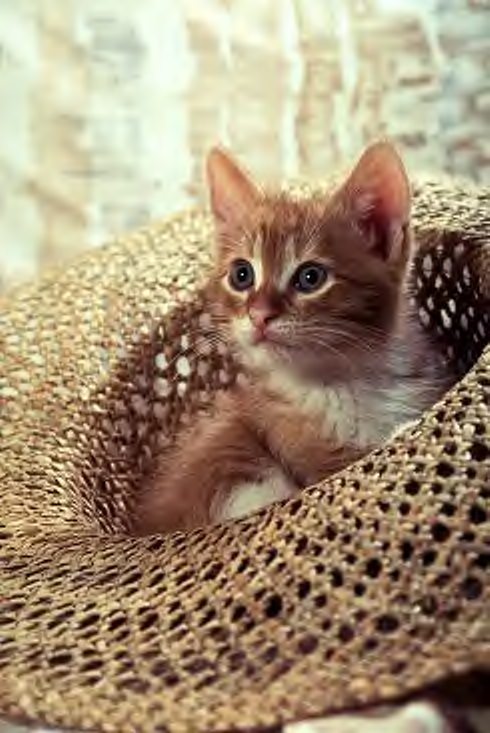 |
| JPEG (27.10 dB) | JPEG2000 (28.97 dB) |
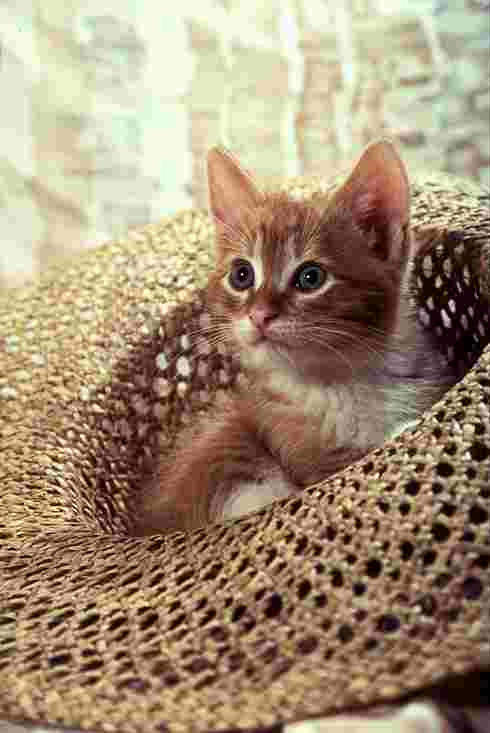 | 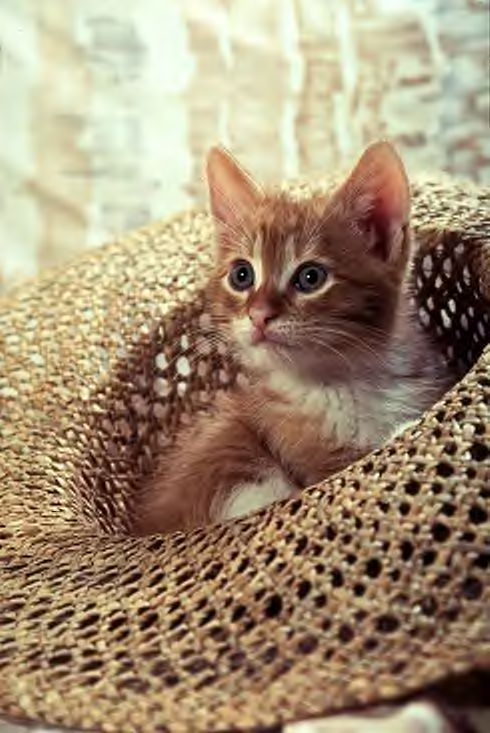 |
| JPEG (28.23 dB) | JPEG2000 (30.08 dB) |
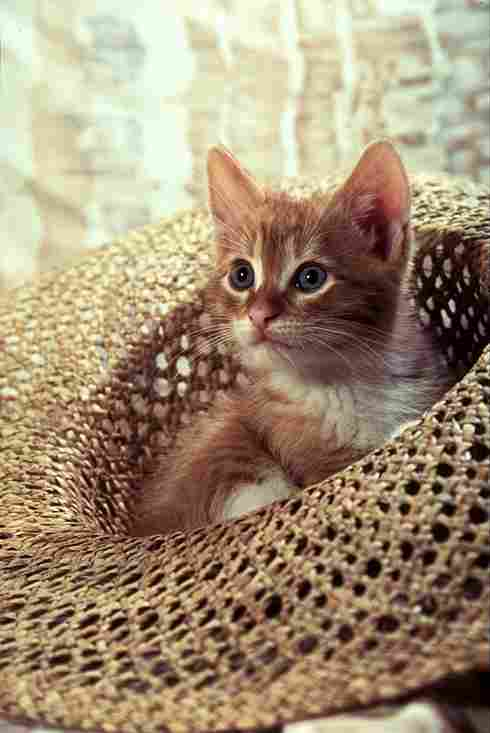 | 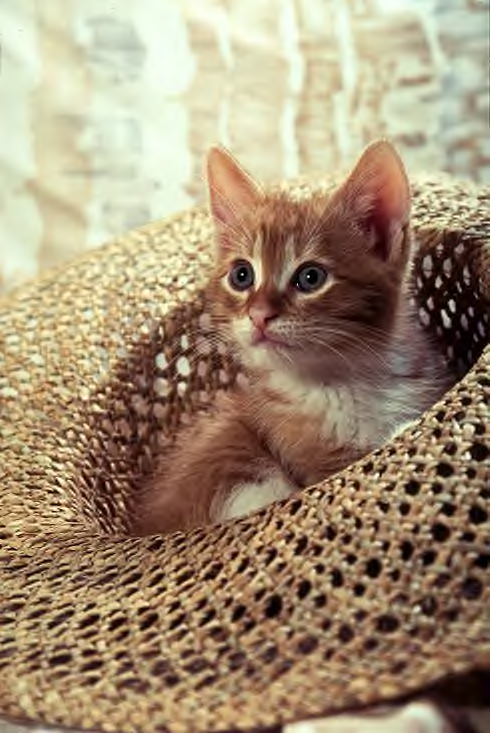 |
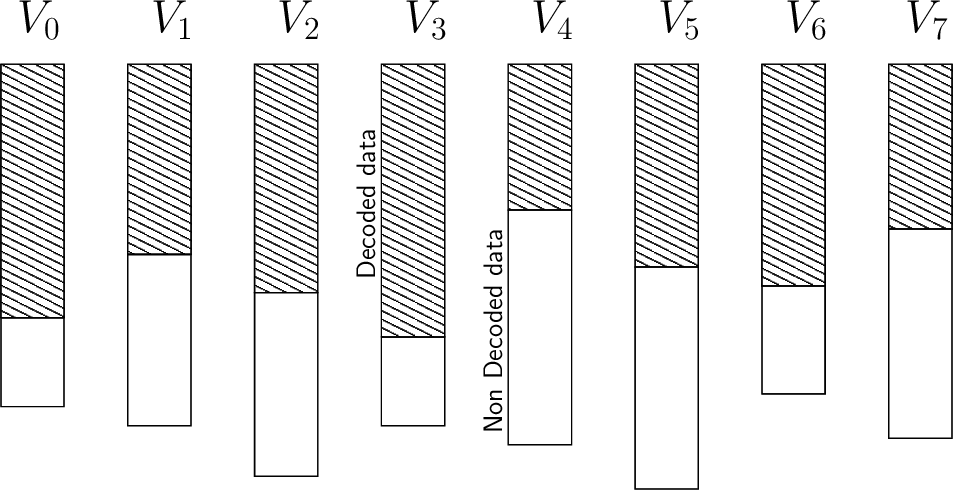
[1] International Organization for Standardization. Information Technology - JPEG 2000 Image Coding System: Motion JPEG 2000. ISO/IEC 15444-3:2007, May 2007.
[2] D. S. Taubman and R. Prandolim. Architecture, Philosophy and Perfomance of JPIP: Internet Protocol Standard for JPEG2000. In International Symposium on Visual Communications and Image Processing, volume 5150, pages 649–663, Julio 2003.
[3] David S. Taubman and W. Michael Marcellin. JPEG2000. Image Compression Fundamentals, Standards and Practice. Kluwer Academic Publishers, 2002.